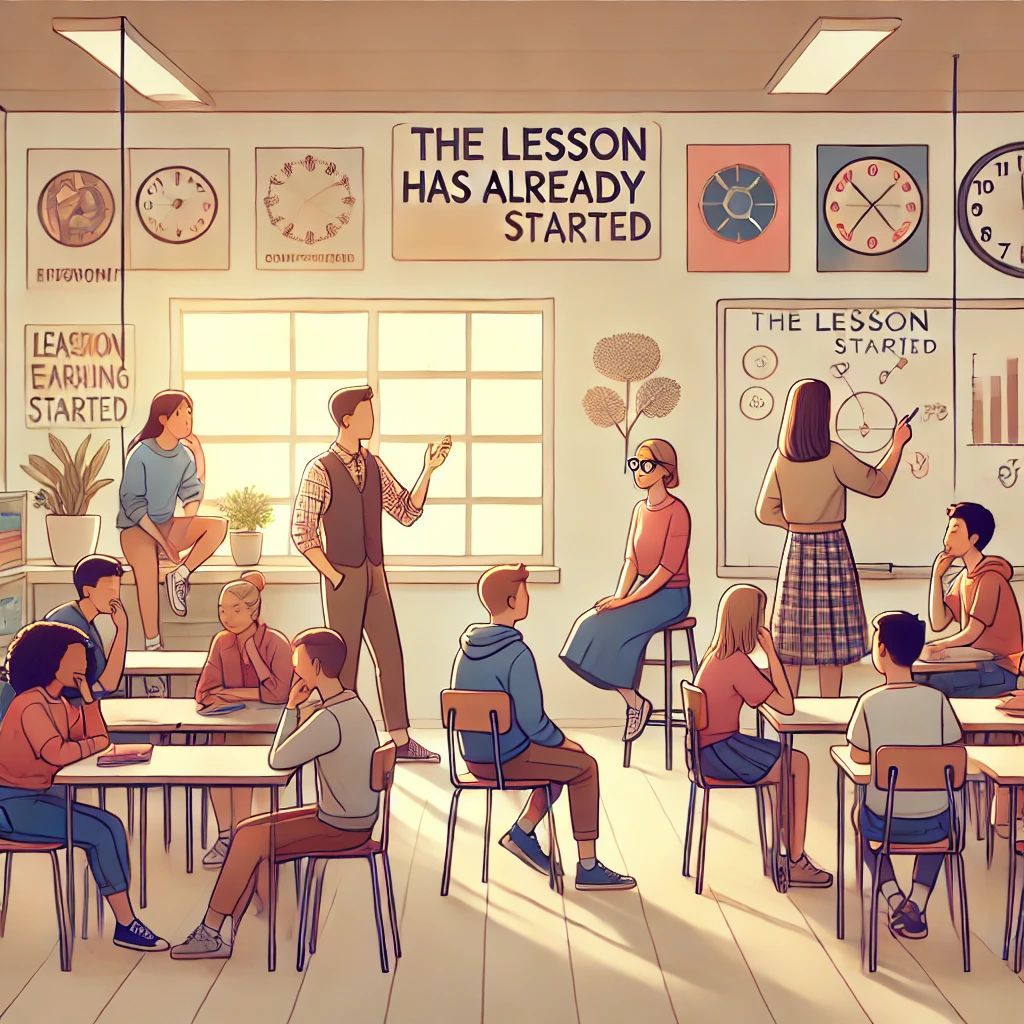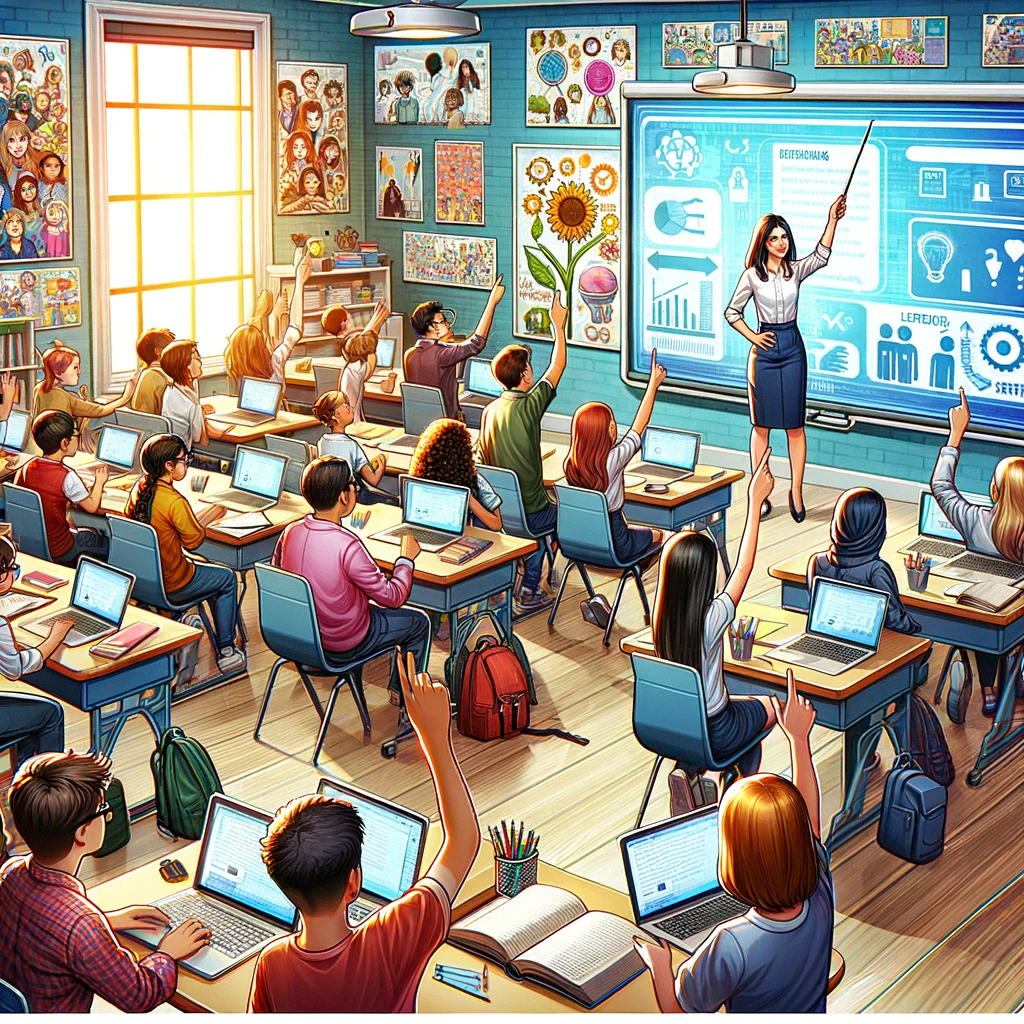Overcoming Academic Inertia: A Call for Progressive Change in Education

Academic inertia is a term that resonates deeply with anyone who has spent time within the education system—whether as a teacher, leader, or policy influencer. It refers to the tendency of educational institutions to resist change and maintain traditional practices, even when evidence suggests that new methods would be more effective. This resistance can hinder the evolution of teaching methods, stifle innovation, and ultimately limit students' potential. Drawing on my two decades of experience in roles ranging from classroom teacher to educational consultant, I’ve seen firsthand how this inertia plays out and what it takes to overcome it.
Understanding the Roots of Academic Inertia
In my early years as a teacher, I often encountered well-intentioned colleagues who were reluctant to adopt new teaching strategies or integrate emerging technologies. The reasons for this resistance were numerous—some feared the loss of control over their classrooms, others doubted the efficacy of new methods, and many were simply overwhelmed by the pace of change. This reluctance, rooted in familiarity with the status quo, is what we term as academic inertia.
At the institutional level, the challenge becomes even more complex. Schools and universities often operate under layers of bureaucracy, which can slow down the implementation of new ideas. Decision-making processes involve multiple stakeholders, from school boards to unions, each with their own perspectives and interests. As a principal and later as an educational consultant, I saw how difficult it could be to enact reforms when there was a deep-rooted attachment to “the way things have always been done.”
The Impact of Academic Inertia on Student Learning
The most significant consequence of academic inertia is its impact on students. In an age where knowledge is growing exponentially and digital skills are critical, students need an education that prepares them for a dynamic, fast-paced world. Yet, academic inertia often means that curricula, teaching methods, and assessments remain outdated. For example, while research has demonstrated the effectiveness of active learning approaches like project-based learning and collaborative group work, many schools continue to rely heavily on lecture-based instruction and standardised testing.
In one of my most memorable roles as a principal, I worked with a school that had been using the same curriculum for over a decade. The content was outdated, and the assessments were not aligned with current best practices in pedagogy. The staff knew changes were needed, yet there was hesitation due to concerns about the time and resources required to revise the curriculum. It was a classic example of academic inertia—good intentions held back by a reluctance to disrupt the norm.
The Cost of Inaction
Failing to address academic inertia comes at a high cost. It can stifle creativity among educators, limit opportunities for students, and create a disconnect between what is taught in classrooms and the skills required in the workforce. During my time as an educational consultant, I worked with a number of higher education institutions that struggled with declining enrolment rates. A key reason was that their programmes were not adapting quickly enough to the changing job market. While industries were evolving, the educational offerings remained stagnant, resulting in graduates who were ill-prepared for the demands of their chosen fields.
Moreover, academic inertia can exacerbate educational inequality. Schools in more affluent areas often have greater flexibility to innovate, whether through access to better technology, professional development for teachers, or the freedom to experiment with new teaching models. Conversely, schools in underfunded areas may be more risk-averse, sticking to traditional methods because they lack the resources to implement new approaches. This creates a disparity in the quality of education that students receive based on their socio-economic background.
Lessons Learned: Breaking Through the Resistance
One of the most valuable lessons I’ve learned in my journey through various educational roles is that breaking academic inertia requires a strategic blend of vision, leadership, and grassroots engagement. During my tenure as a principal, I led a school through a transformative period, shifting from traditional lecture-based teaching to a more student-centred approach. The transition was not easy—there were pushbacks from teachers who felt that the new methods demanded more time and effort without guaranteed results.
To overcome this, I focused on building a shared vision for change. We started small, with pilot programs that allowed teachers to experiment with new approaches without feeling overwhelmed. I also made sure to involve teachers in decision-making processes, ensuring their voices were heard. By celebrating small wins—like improved student engagement and feedback from parents—we gradually built momentum. This approach helped us chip away at the inertia and create a culture that was more open to innovation.
The Role of Policy and Leadership in Driving Change
Policy change plays a crucial role in overcoming academic inertia, but it requires leaders who are willing to challenge the status quo. As a consultant, I often emphasise to school boards and education leaders that policy should be designed to encourage flexibility rather than enforce rigid standards. For instance, adopting competency-based education models can allow schools to move away from traditional time-bound assessments and instead focus on mastery of skills, providing a more personalised learning experience for students.
Leadership at the institutional level is equally important. A leader who models a willingness to adapt and learn can inspire others to do the same. Reflecting on my own experiences, I found that transparency and communication are key. When staff understand the ‘why’ behind a change and see that their leaders are willing to engage with the challenges of implementation, they are more likely to buy into new ideas.
Practical Steps to Combat Academic Inertia
1. Start Small but Think Big: Change doesn’t have to happen overnight. Implement pilot programs or test new approaches with a small group of teachers and students before scaling up. This reduces the perceived risk and allows for adjustments based on feedback.
2. Foster a Culture of Continuous Learning: Professional development should not be a one-off event. Create opportunities for teachers to regularly share best practices, attend workshops, and learn from each other. A culture of continuous improvement can help combat resistance to change.
3. Engage All Stakeholders: Meaningful change requires input from all parts of the school community—teachers, students, parents, and administrators. Conduct surveys, hold town hall meetings, and ensure that everyone has a voice in shaping the direction of change.
4. Use Data to Drive Decisions: Collect data on student outcomes, engagement, and feedback from teachers to make a compelling case for why change is necessary. When stakeholders see concrete evidence of how new approaches benefit students, they are more likely to support the transition.
5. Embrace Technology Wisely: While technology alone is not a solution, it can be a powerful tool for overcoming academic inertia when used thoughtfully. Blended learning models, digital assessments, and online collaboration tools can all contribute to a more dynamic learning environment.
A Call to Action: The Future of Education Depends on Us
The time to challenge academic inertia is now. As the world continues to change rapidly, our education system cannot afford to stay stagnant. It is up to us—educators, leaders, and policymakers—to drive the change that is needed to prepare our students for the future. By embracing a mindset of continuous improvement and being willing to challenge long-standing practices, we can create an education system that is adaptable, innovative, and responsive to the needs of all students.
Your insights and experiences are essential in shaping the future of our education system. If this topic resonated with you, I encourage you to share your thoughts in the comments below—whether you agree, disagree, or have a different perspective, I want to hear from you! Together, we can drive the change that our students need.
If you found this content valuable, don’t keep it to yourself. Share it with your network to help spread the conversation and ensure that as many voices as possible are heard. Stay updated by subscribing to my newsletter, where I share exclusive insights, strategies, and tips for educators and leaders committed to making a real impact.
Let’s continue this conversation and build a community dedicated to transforming education. Follow me on social media for more thought-provoking discussions, practical strategies, and the latest trends in education.
Are you ready to implement innovative solutions in your educational institution? Let's explore how we can collaborate to create lasting change. Contact me directly at carl@winfordinternational.online to start the conversation. Together, we can challenge the status quo, advocate for meaningful reforms, and build an educational system that truly prepares our students for the challenges of tomorrow.
Join the movement for change—let’s build a better future for our schools and children together.














































































































